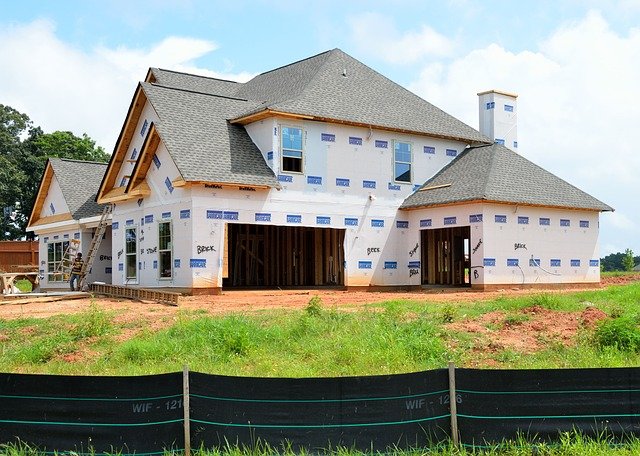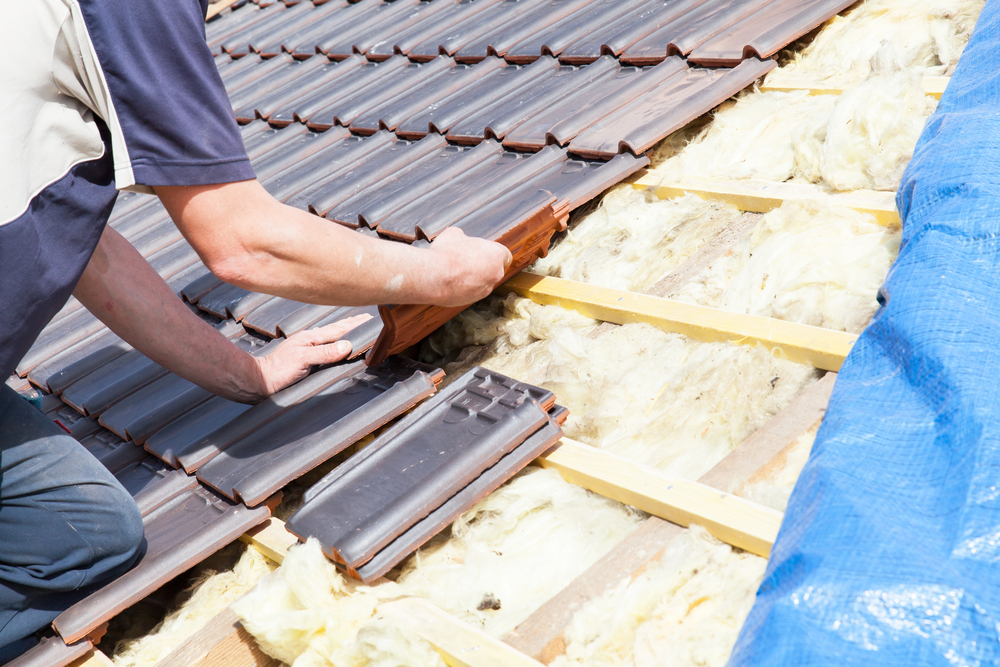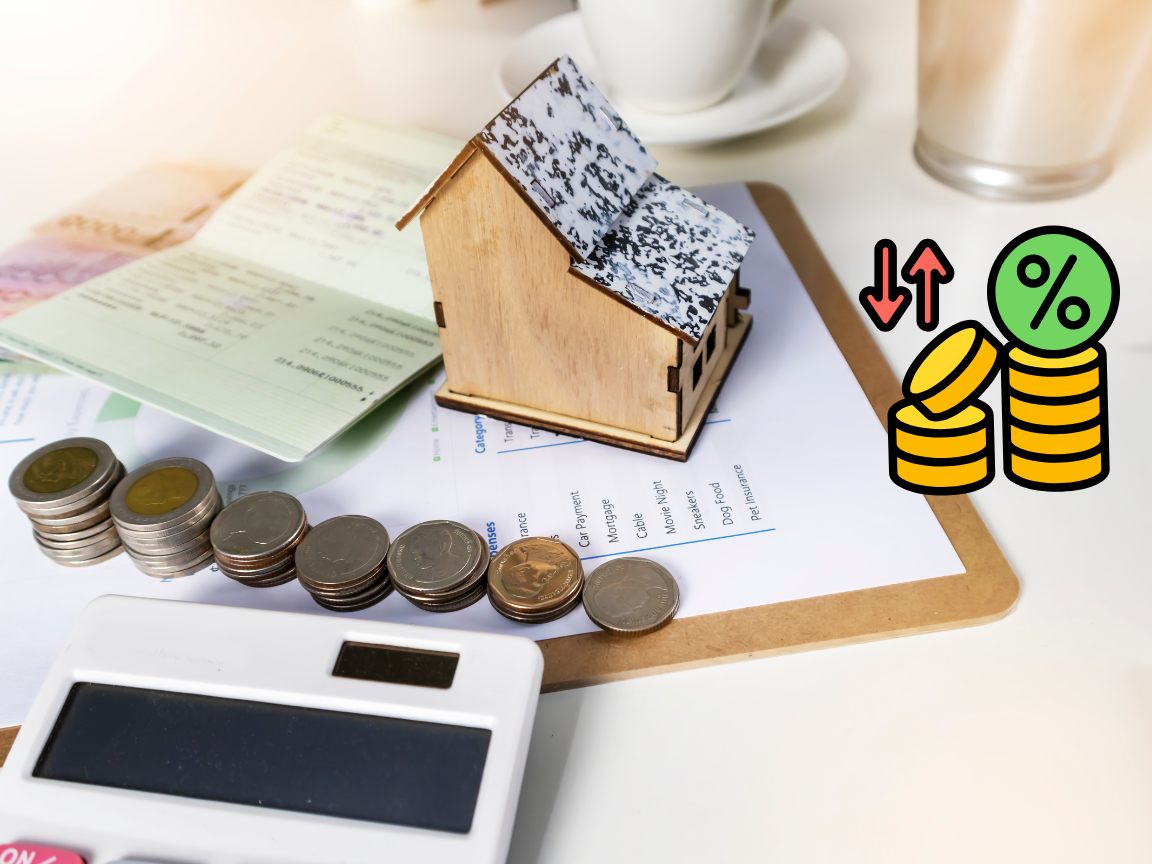5 Mistakes That Can Make House Flipping a Flop. It looks so easy! Buy a house, make a few cosmetic fixes, put it back on the market, and make a huge profit. At any given time, a half-dozen shows on television feature good-looking, well-dressed investors who make the process look fast, fun, and profitable.
And plenty of homes are getting flipped. Flipped homes accounted for 10% of all home sales in the United States in the first quarter of 2022, the highest percentage since 2000, according to data published by ATTOM Data Solutions in its 2022 U.S. Home Flipping Report.1
Yet, the road to real estate riches isn’t all about curb appeal and “sold” signs. Far too many would-be real estate moguls overlook the basics and end up failing. So what are the five biggest mistakes that would-be flippers make? And how do you avoid them?
KEY TAKEAWAYS
-
Flipping houses is a business like any other: It requires knowledge, planning, and savvy to be successful.
-
Common mistakes made by novice real estate investors are underestimating the time or money that the project will require.
-
Another error that house flippers make is overestimating their skills and knowledge.
-
Patience and good judgment are especially important in a timing-based business like real estate investing.
Top 5 Must-Haves For Flipping Houses
 How Flipping Houses Works
How Flipping Houses Works
Flipping (also called wholesale real estate investing) is a type of real estate investment strategy in which an investor purchases a property not to use, but with the intention of selling it for a profit.
Investors who flip properties concentrate on the purchase and subsequent resale of one property or a group of properties. Many investors attempt to generate a steady flow of income by engaging in frequent flips.
So how do you flip a building or house? In simple terms, you want to buy low and sell high (like most other investments). But rather than adopt a buy-and-hold strategy, you complete the transaction as quickly as possible to limit the amount of time that your capital is at risk. In general, the focus should be on speed as opposed to maximum profit. That’s because each day that passes costs you more money (mortgage, utilities, property taxes, insurance, and other costs associated with homeownership). That’s the general plan, though it comes with several pitfalls.
That profit is typically derived from price appreciation resulting from a hot real estate market in which prices are rising rapidly or from capital improvements made to the property—or both. For example, an investor might purchase a fixer-upper in a “hot” neighborhood, make substantial renovations, then offer it at a price that reflects its new appearance and amenities.
Where to Start
The first, best piece of advice is to limit your financial risk and maximize your return potential. Put simply, don’t pay too much for a home (by knowing what it’s worth), and make sure you also know how much the necessary repairs or upgrades will cost before you buy. Having that information, you can then figure an ideal purchase price.
The 70% rule states that an investor should pay no more than 70% of the after-repair value (ARV) of a property minus the repairs needed. The ARV is what a home is worth after it is fully repaired.
Here’s an example: If a home’s ARV is $150,000 and it needs $25,000 in repairs, then the 70% rule means that an investor should pay no more than $80,000 for the home: $150,000 × 0.70 = $105,000 – $25,000 = $80,000.
Like any other small business, the endeavor will require time and money, planning and patience, skill, and effort. It will likely wind up being harder and more expensive than you ever imagined. Take it lightly at your peril: If you’re just looking to get rich quickly by flipping a home, you could end up in the poorhouse.
Below are the five mistakes to avoid if you are thinking about flipping a house.
1. Not Enough Money
Dabbling in real estate is expensive. The first expense is the property acquisition cost. While low/no-money-down financing claims abound, finding these deals from a legitimate vendor is easier said than done. Also, if you’re financing the acquisition, you’re paying interest.
Although the interest on borrowed money is still tax deductible even after the passage of the Tax Cuts and Jobs Act (TCJA), it is not a 100% deduction. Every dollar spent on interest adds to the amount you’ll need to earn on the sale just to break even.
And if you use a mortgage or a home equity line of credit (HELOC) to finance your flip-house purchase, only the interest is deductible. The principal, taxes, and insurance portions of your payment are not.2
Research your financing options extensively to determine which mortgage type best suits your needs and to find a lender that offers low interest rates. An easy way to research financing costs is by using a mortgage calculator, which allows you to compare interest rates that various lenders offer. Of course, paying cash for the property eliminates the cost of interest, but even then, there are property holding costs and opportunity costs for tying up your cash.
Making a profit is tougher than it used to be. In fact, the first quarter of 2022 saw profit margins shrink to the lowest average gross return on investment (ROI) since 2009, according to ATTOM Data. That doesn’t mean there isn’t money to be made (ROI was 25.8%), but it does mean that care is required. The average gross profit on a flip in 2022 was $67,000, but keep in mind that’s gross. It’s also lower than the gross profit in the first quarter of 2021—timing is everything in real estate.1
Renovation costs also must be factored in. If you plan to fix up the house and sell it for a profit, then the sale price must exceed the combined cost of acquisition, the cost of holding the property, and the cost of renovations.
A $25,000 kitchen, a $10,000 bathroom, $5,000 in real estate taxes, utilities, and other carrying costs cut that number by around two-thirds. Add to that an unexpected structural problem with the property, and a gross profit can become a net loss.

2. Not Enough Time
Renovating and flipping houses is a time-consuming venture. It can take months to find and buy the right property. Once you own the house, you’ll need to invest time to fix it up. If you have a day job, time spent on demolition and construction can translate into lost evenings and weekends. If you pay somebody else to do the work, you’ll still spend more time than you expect supervising the activity, and the costs of paying others will reduce your profit.
Once the work is done, you’ll need to schedule inspections to make sure that the property complies with applicable building codes before you can sell it. If it doesn’t, you’ll need to spend more time and money to bring it up to par.
Next, it can be quite a time investment to sell the property. If you show it to prospective buyers yourself, you may spend plenty of time commuting to and from the property and in meetings. If you use a real estate agent, you will owe a commission.
Is that worth it? For many people, it might make more sense to stick with a day job, where they can earn the same kind of money in a few weeks or months via a steady paycheck, with no risk and a consistent time commitment.
3. Not Enough Skills
Professional builders and skilled professionals, such as carpenters and plumbers, often flip houses as a side income to their regular jobs. They have the knowledge, skills, and experience to find and fix a house. Some of them also have union jobs that provide unemployment checks all winter long while they work on their side projects.
The real money in house flipping comes from sweat equity. If you’re handy with a hammer, enjoy laying carpet, and can hang drywall, roof a house, and install a kitchen sink, then you have the skills to flip a house.
However, if you don’t know a Phillips-head screwdriver from a flat screwdriver, you will need to pay a professional to do the renovations and repairs. And that will reduce the odds of making a substantial profit on your investment.
4. Not Enough Knowledge
To be successful, you must know how to pick the right property, in the right location, at the right price. In a neighborhood of $100,000 homes, do you really expect to buy at $60,000 and sell at $200,000? The market is far too efficient for that to occur regularly.
Even if you get the deal of a lifetime—snapping up a house in foreclosure for a song, for instance—knowing which renovations to make and which to skip is key. You also need to understand the applicable tax laws and zoning laws and know when to cut your losses and get out before your project becomes a money pit.
Big-league lenders have also started to seek profits in the flip-loan marketplace, with global investment firm KKR joining other private investment firms seeking a piece of the action.3
5. Not Enough Patience
Professionals take their time and wait for the right property. Novices rush out to buy the first house that they see. Then they hire the first contractor who makes a bid to address work that they can’t do themselves. Professionals either do the work themselves or rely on a network of prearranged, reliable contractors.
Novices hire a real estate agent to help sell the house. Professionals rely on “for sale by owner” efforts to minimize costs and maximize profits. Novices expect to rush through the process, slap on a coat of paint, and earn a fortune. Professionals understand that buying and selling houses takes time, and that the profit margins are sometimes slim.

According to ATTOM Data Solutions, Phoenix; Charlotte, N.C.; Tucson, Ariz.; Atlanta; and Jacksonville, Fla., had the highest rates of flipped home sales.1
No. Cash can be more attractive to sellers, so you may see more cash offers accepted on home-flipping shows. Nationwide, 62.7% of house flips are purchased with cash.1 However, many people do finance their house flips. It all depends on the situation.
Every project is different, but the average house flip took 162 days from the purchase of the property to the selling of the finished home in 2022.1
The Bottom Line
Making a nice profit quickly by flipping a home is not as easy as it looks on TV. Novice flippers can underestimate the time or money required and overestimate their skills and knowledge. If you are thinking about flipping a house, make sure you understand what it takes and the risks involved.
Source: Investopedia.com
Are you ready to take the next step to buy your home and start building a legacy for your family?…Let me help you!
I am a Brazilian Licensed Realtor at Re-Connect, LLC with 17+ years of experience in the Real Estate industry. I speaks 3 languages (Portuguese, English, Spanish)
CALL NOW: (617) 201-9188 Ana Roque |209 West Central Street, Natick, MA










